When it comes to 200-Speed films, I don’t have the best view, and usually end up with decent results (Rollei Superpan 200), other times I dislike them entirely. When it comes to Ilford’s offering, SFX 200, it goes in a slightly different direction. See, I have shot SFX a lot more than I initially thought, but it never stuck too much into my film supply mostly because if I need to shoot a 200-Speed film, I’m more likely to pull a 400-Speed film (Tri-X or Fomapan 400) or push a 100-Speed film (TMax 100). See, SFX is fun in the sense that it has an extended red sensitivity or near Infrared, but not true Infrared. That means as soon as you start popping on those contrast filters, you get amazing results out them. While I have always found the film super grainy, it does not appear as grainy as I remember the stock. You will note that Rodinal lacks in this review and that is on purpose, rather than Rodinal or Xtol to help up the sharpness or suppress the grain I went with a new developer, Adox FX-39 II which combines the best of both worlds without going for a staining developer.

Film Specs
Type: Orthochromatic B&W /w extended red sensitivity
Film Base: Acetate
Film Speed: ASA-200, Latitude: 80-800
Formats Available: 135 & 120
Roll 01 – Kodak D-76
If you’re going to review a near-IR film you might as well show off precisely what you can do with the film. You got that darkened sky and lightness in the greens, and that is thanks to both the film and the Red filter. And the results are amazing without being overboard. You can see that the film is pretty grainy in the negative space, but it is far sharper than I expected. The contrast and tones are right on the nose, with bright whites and dark blacks. And there’s a full, rich range of greys between the two. I don’t think you could get the same results with a 1+0 dilution, but the trade-off is that you have a seventeen-minute development time. But honestly, well worth the effort.

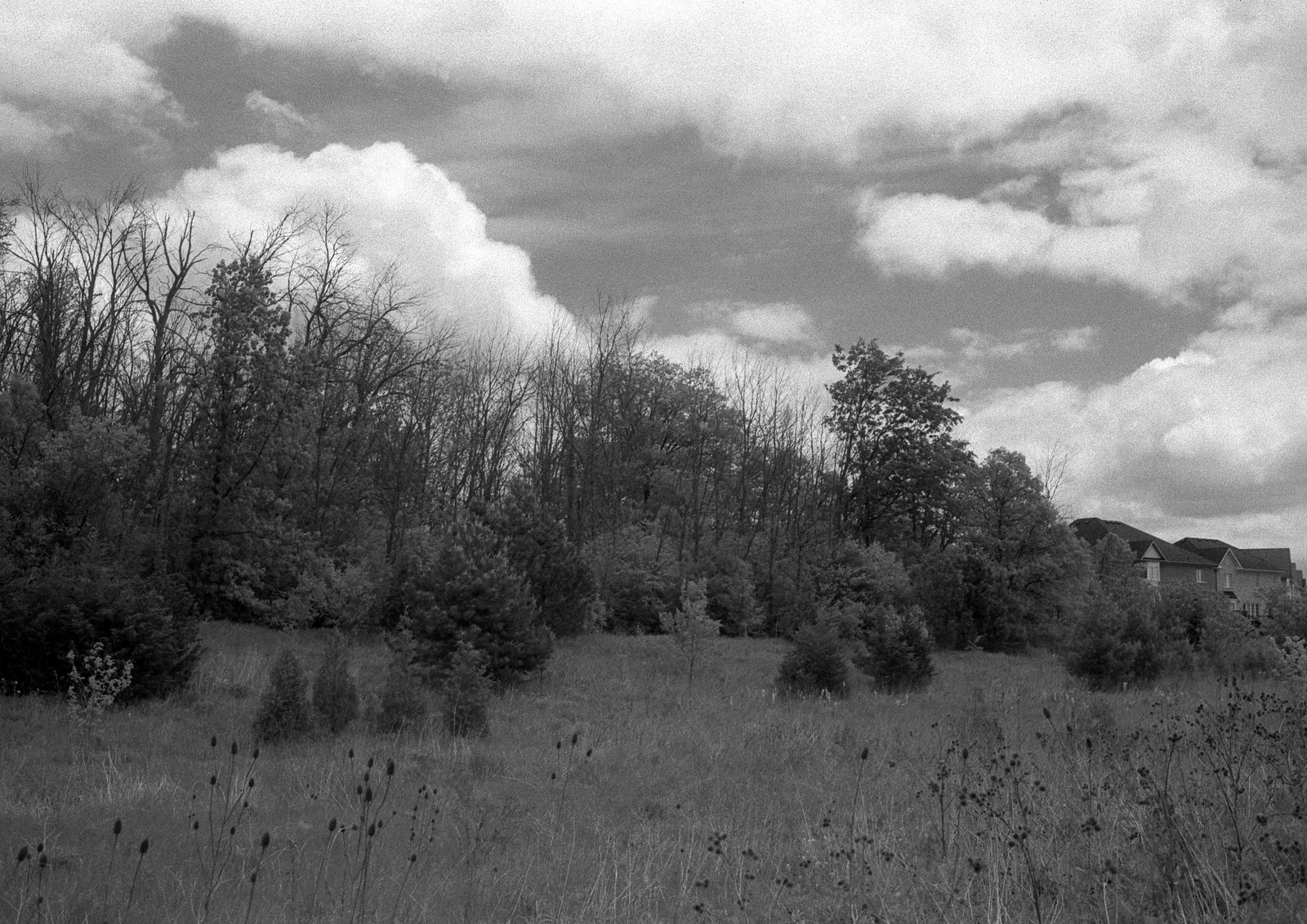
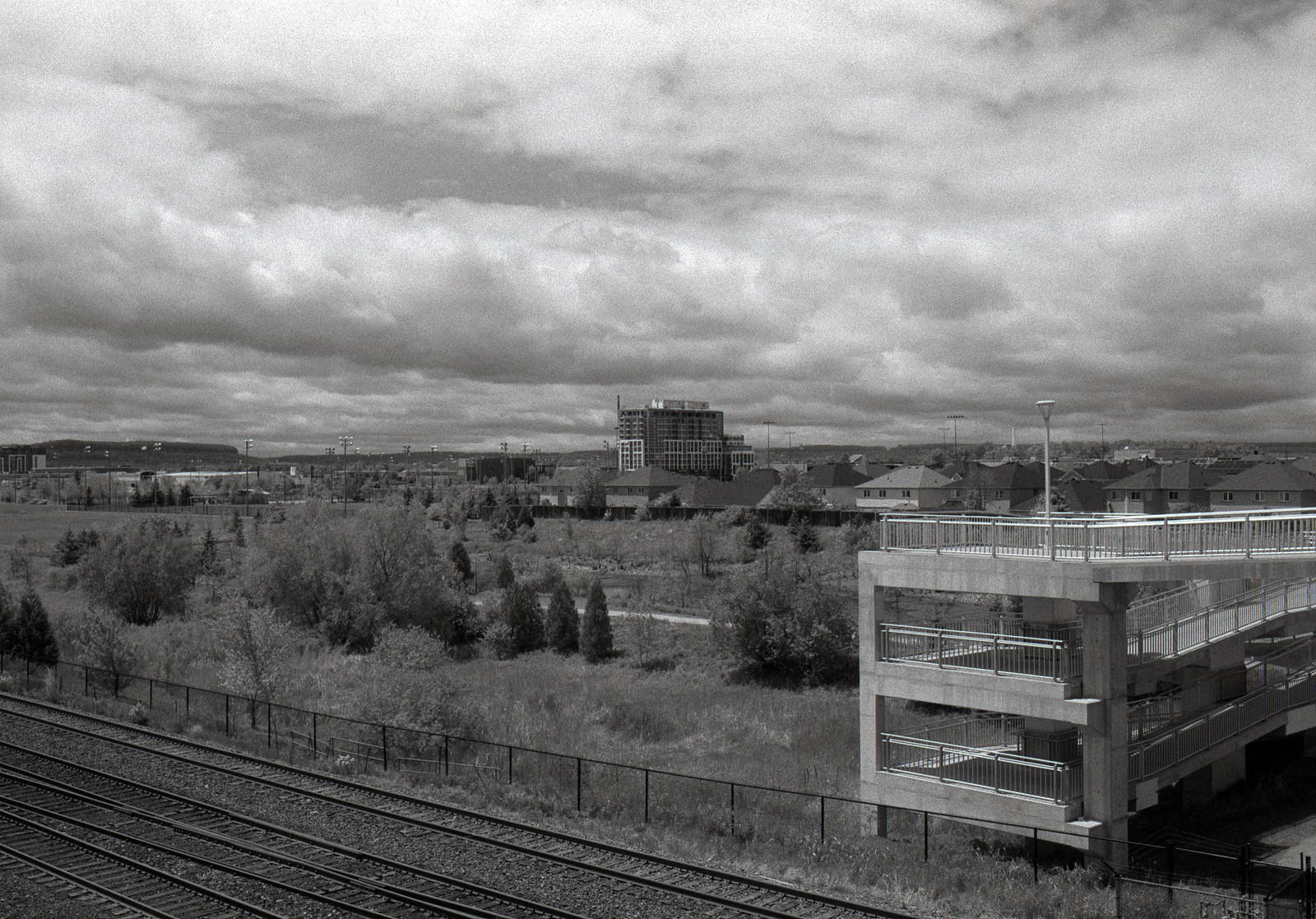

Roll 02 – Kodak HC-110
Here is where SFX surprised me, I have always found SFX to be overly grainy even in medium format. But in this case, the grain is hardly noticeable; I think using a dilute developer helped. Not only are the images sharp, but the grain is also only prominent in the negative space. And yes, the contrast on these shots are high, that’s only because I had to pump up the brightness because the negatives were dark upon scanning. I trace that back to shooting the roll under heavy canopy cover with not a lot of natural sunlight. And given the near-IR nature of the film, I’m not surprised. But so far, HC-110 has been a real winner in my book!




Roll 03 – Adox FX-39 II
I never realised that SFX could look this good, I honestly feel that not including Rodinal for the first time in a review is a good idea because honestly, I think Rodinal unless you stand-developed the film would have muddled the film. But with FX-39 combined with the yellow filter and the nature of the light filtering through the trees created an almost ethereal quality to these images. A solid contrast with amazing tones across the spectrum, you don’t have much in the way of the sky darkening with the Yellow-12 filter, you want to work more with an Orange or Red filter to get the most out of the near-IR nature of the film. The best part of FX-39 is how well it maintained or increased the sharpness of the film without increasing the amount of grain; I think that the grain is reduced. I also would love to try developing it in lower dilutions to see if some of the contrast can be reduced.

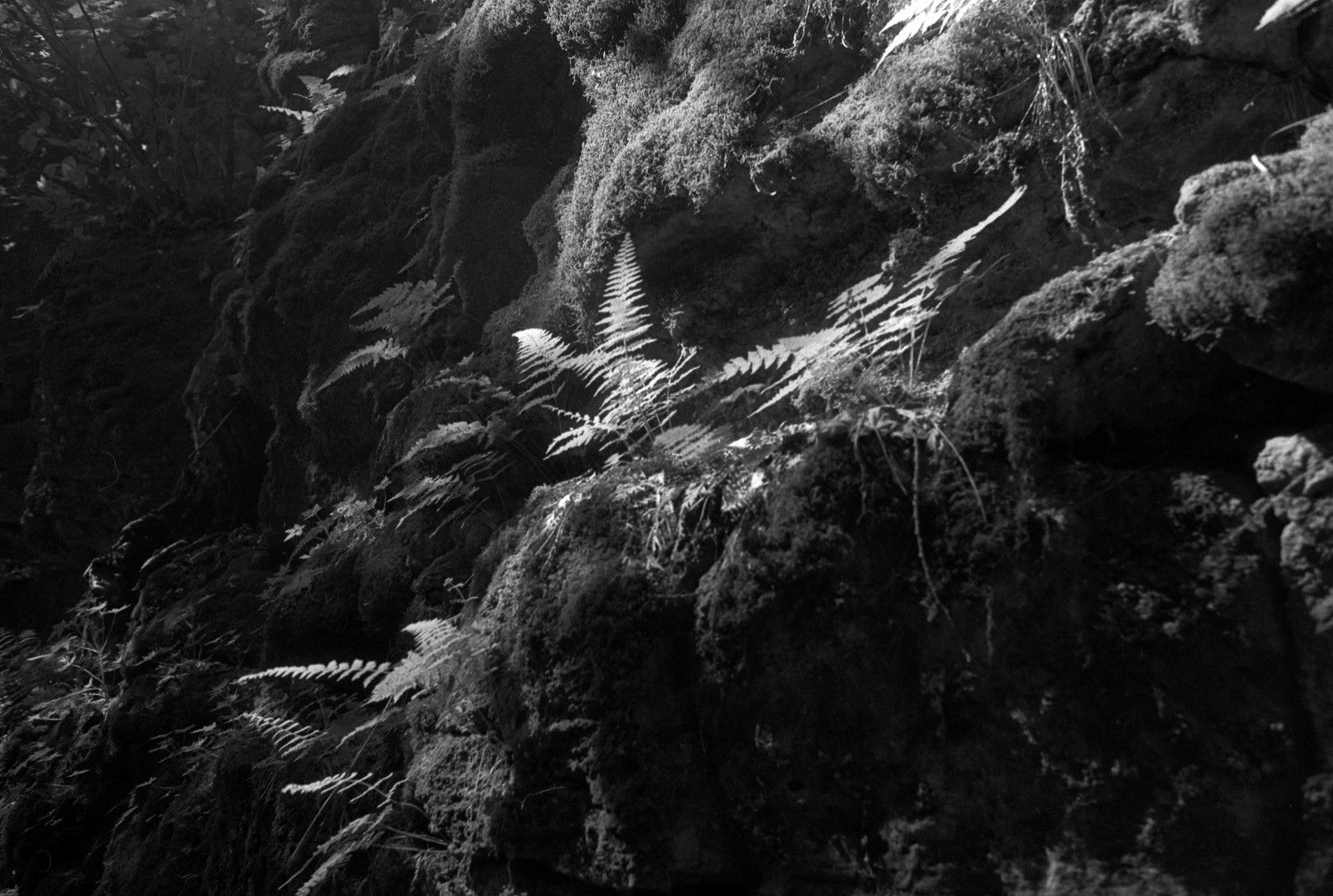
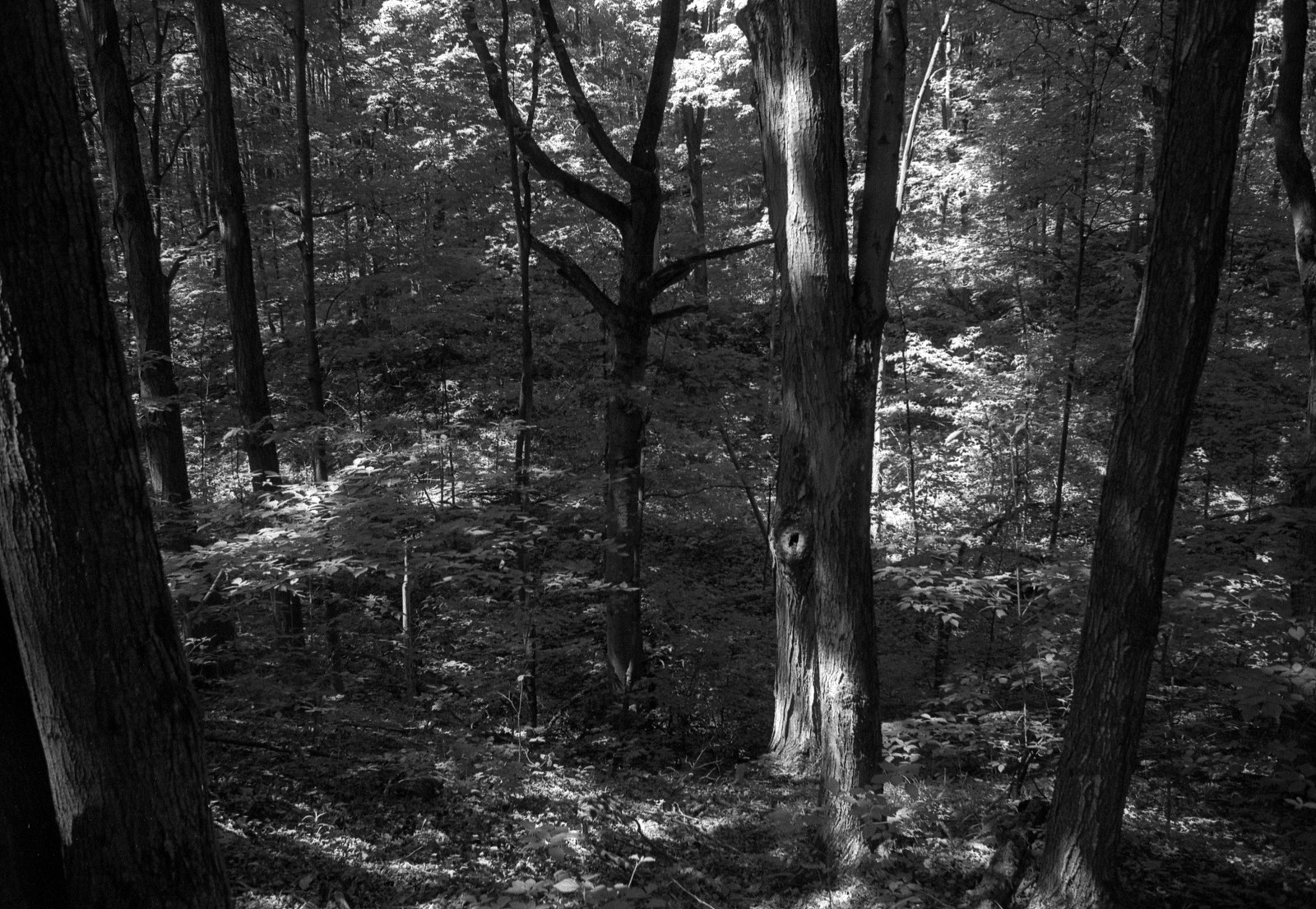
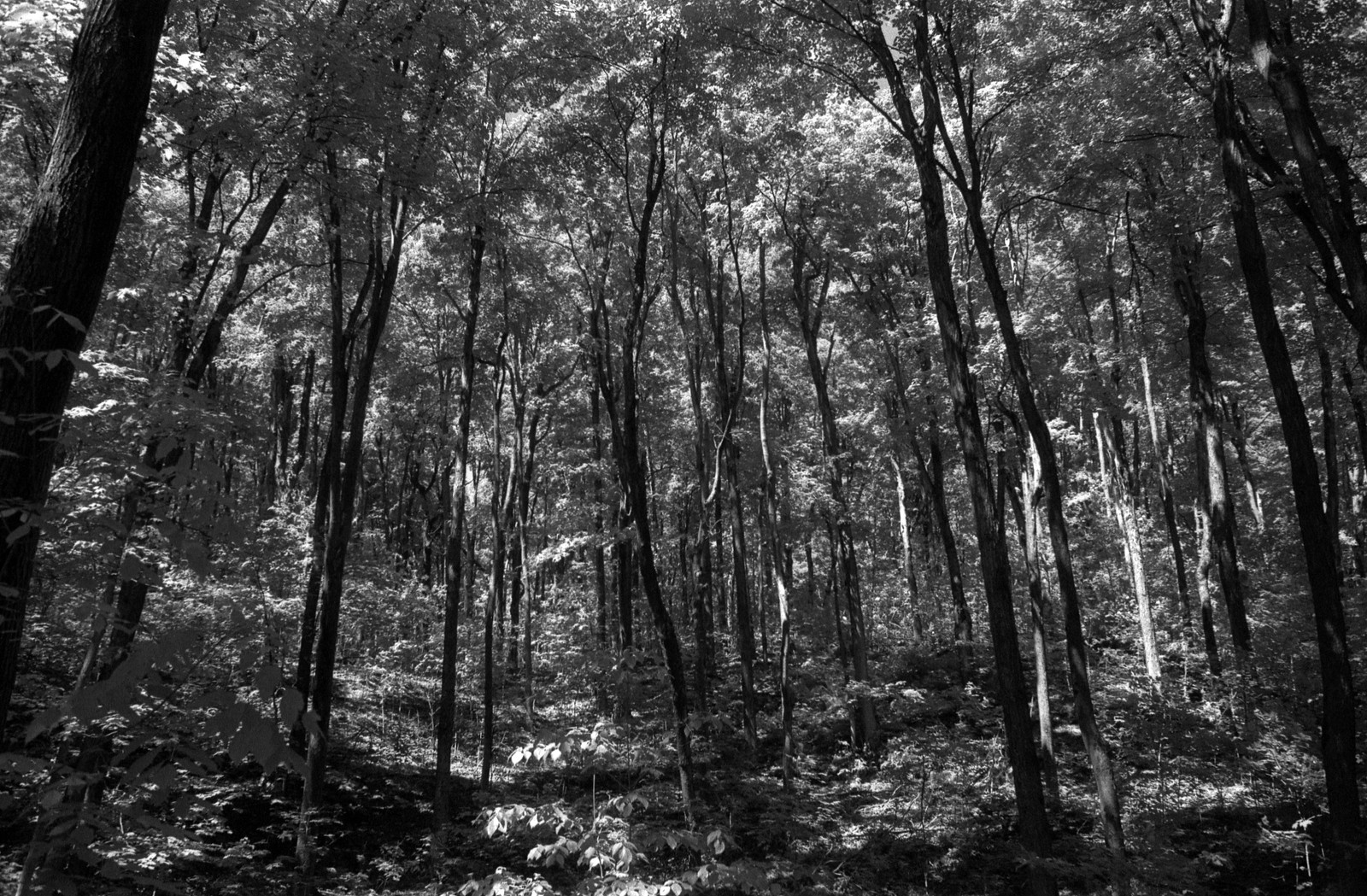
Roll 04 – Ilford Microphen
I did not doubt that Microphen could tame the grain that you get with SFX, I mean when you have a developer designed for push processing, taming the grain and maintaining sharpness then SFX should be an easy task. What I was not expecting was how well the developer did with the film. Yes, there is still a bit of grain in the negative spaces, but the images remain sharp. What I did not expect was the increase, in contrast, it might have been a combination of the time of day (7:30 am), the metering, the Mamiya glass and the developer. But man, the richness in the images are robust. Although I do think you can tame that contrast by using a 1+1 dilution. I certainly would use Microphen again with SFX; it might even do an excellent job with the smaller negative size.




Final Thoughts
While you don’t need to use an R72 or 89b filter with SFX, they do produce awesome results with the stock, as a fellow photographer pointed out. But if you don’t have one, or don’t want to drop the cash on the filter, you’ll do just fine with a standard Red, Orange, or Yellow filters. I have to admit, like Delta 400, SFX has grown on me, and only shows that it’s not always the film that’s bad (except Fomapan 200), but instead, it’s more how you develop the stock. In the case of SFX, the real winners are HC-110 (Dil. H), Microphen, and Adox FX-39. And I certainly want to explore SFX a little bit more with FX-39, Perceptol, and even stand-developing with Rodinal. The reason that I have delayed putting SFX into the review blogs is that it can be tricky to find online and in-store, it took several attempts to Downtown and Burlington Camera before I came up with the film. But I think my mind has been slightly changed on the film.